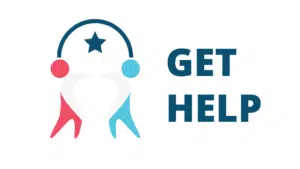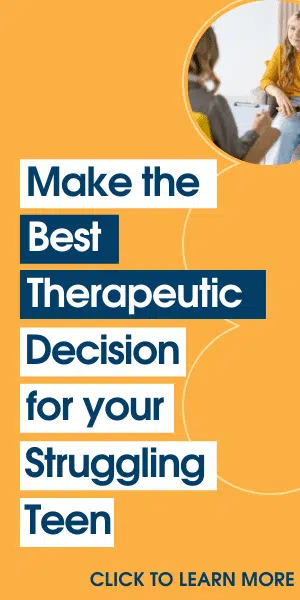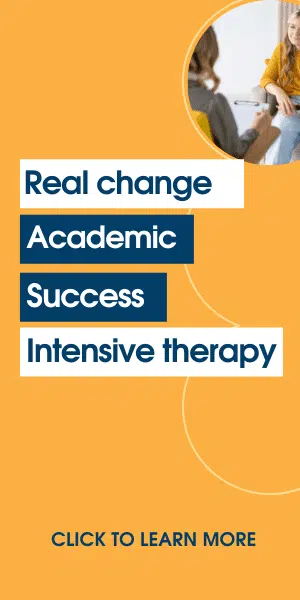4 Signs Your Child May Be at Risk
Every child has their times when they seem like their one mission in life is to make things difficult — especially as they approach or navigate the teen years. However, there are times when it’s more than just a little attitude or acting out. If you’re worried that your child may be at risk, here are four signs to look for.
1. A Major Change in Life Circumstances
Anytime your child has experienced a major chance of life circumstances in the past year or if one is coming up, it can put added pressure on them and bring up emotions and feelings that they may have trouble dealing with. All of this can lead to a defiant attitude and an increased risk of dangerous behaviors and substance abuse. Some examples of a major chance in life circumstance include:
- Divorce
- Moving
- Going to a new school
- A new sibling or an issue with a sibling such as acting out or an illness
- A death of a friend of family member
2. A Significant and Sustained Change in Mood
Teenagers are moody and the hormones that can start as early as 9 and 10 years old can make your child seem angry, moody or out of control. To an extent, this is a normal part of adolescence, but if you notice your child’s mood or personality changing significantly over a period of time, there may be more to the issue. Being angry all of the time, being defiant even over small issues that they normally wouldn’t react strongly to, showing signs of depression or withdrawing from friends or activities they used to enjoy are warning signs you shouldn’t ignore.
3. Poor Academic Performance or a Sudden Drop in Grades
While not every child is strong in academics and even those who are can sometimes struggle with a certain subject, poor performance in school — especially rapidly falling grades in a short period of time — can be a risk factor. A sudden drop in grades could indicate a significant change in mental health or a substance abuse problem, and teens who have always struggled in school can be at higher risk if they feel like they don’t have strong future potential.
4. Evidence of Risky Behaviors
While it rounds out this list, seeing evidence of your child already engaging in risky behaviors is one of the biggest red flags and should be addressed as soon as possible. Some examples include:
- Substance abuse, which may include alcohol, street drugs or prescription meds
- Risk-taking behaviors, such as reckless driving or putting themselves in dangerous situations on purpose
- Self-harm, such as cutting or burning themselves or engaging in eating disorder behaviors
- Possessing illegal items or getting into legal trouble
- Being sexually promiscuous
If any of the above sound like your child, it may be time to look into getting professional help. At Risk Youth Programs has the resources you need to recognize if your child is at risk and help them take the next step to a healthier lifestyle.












